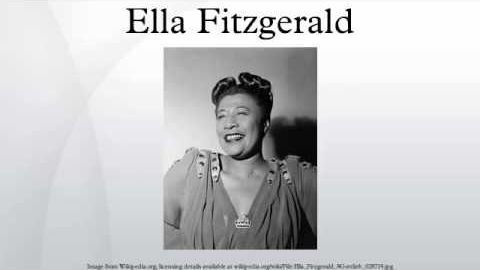エラ・フィッツジェラルド (Ella Fitzgerald)
jedi が 2021 年 01 月 14 日 に投稿  この条件に一致する単語はありません
この条件に一致する単語はありませんUS /ˈpɪriəd/
・
UK /ˈpɪəriəd/
- n. (c./u.)期間 : 時代;強調;終止符;生理;授業時間 : 時限
US /ˈfitʃɚ/
・
UK /'fi:tʃə(r)/
- n. (c./u.)特集;特徴;顔立ち;長編映画
- v.t.特集する;特集する
- adj.特徴のある
US /kəˈrɪr/
・
UK /kə'rɪə(r)/
- n. (c./u.)職業;経歴;公務
- v.t./i.疾走する;躍進する
- v.t.促進する;仕事をする
- adj.長期的な
US /pɚˈfɔrm/
・
UK /pə'fɔ:m/
エネルギーを使用
すべての単語を解除
発音・解説・フィルター機能を解除

